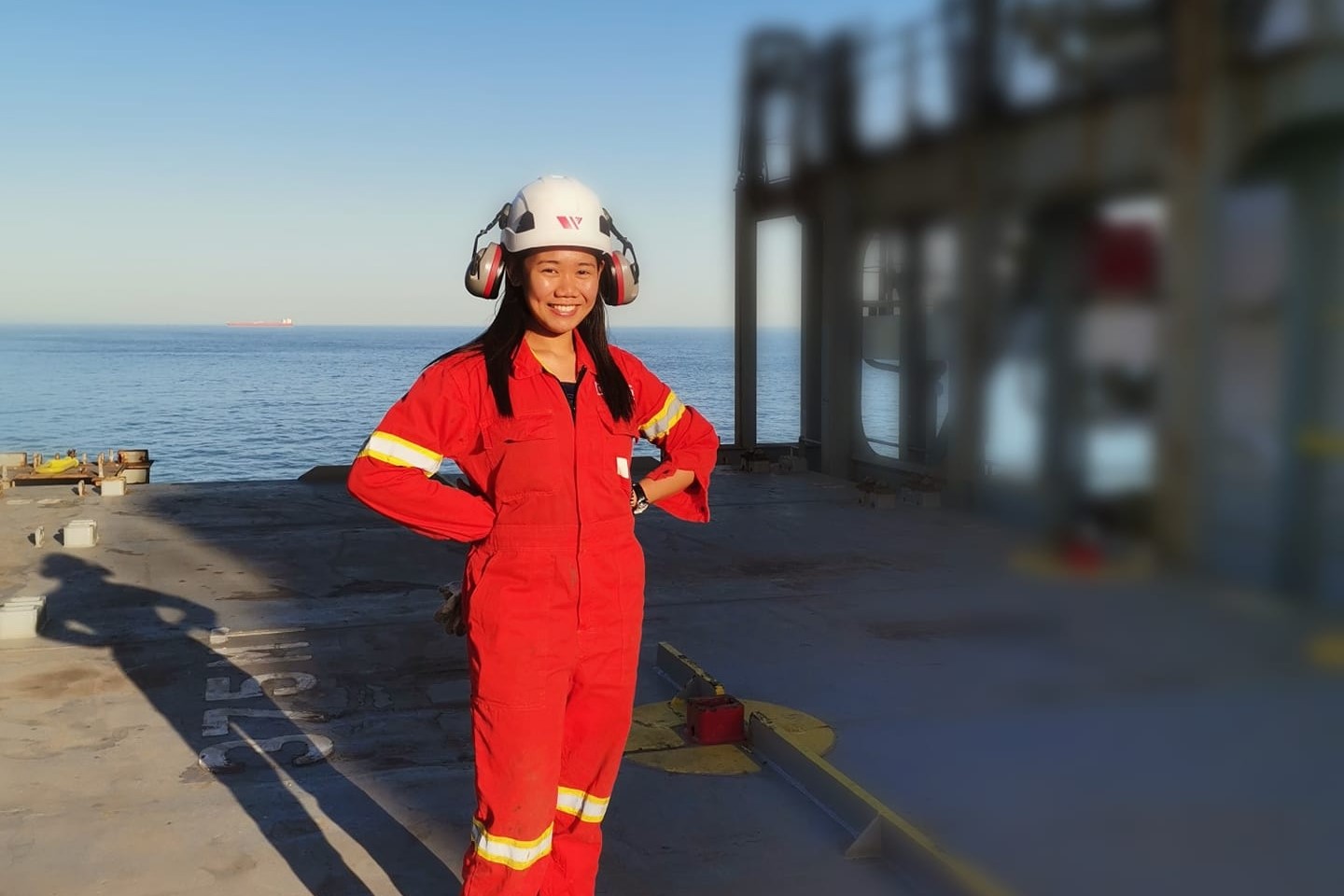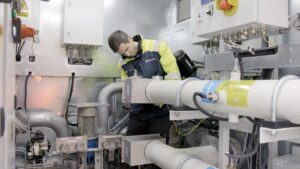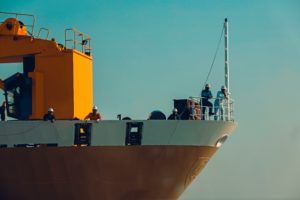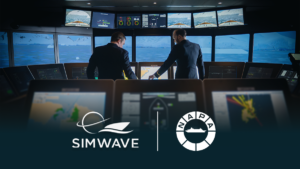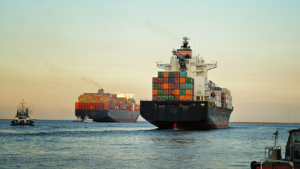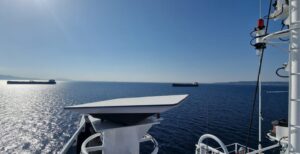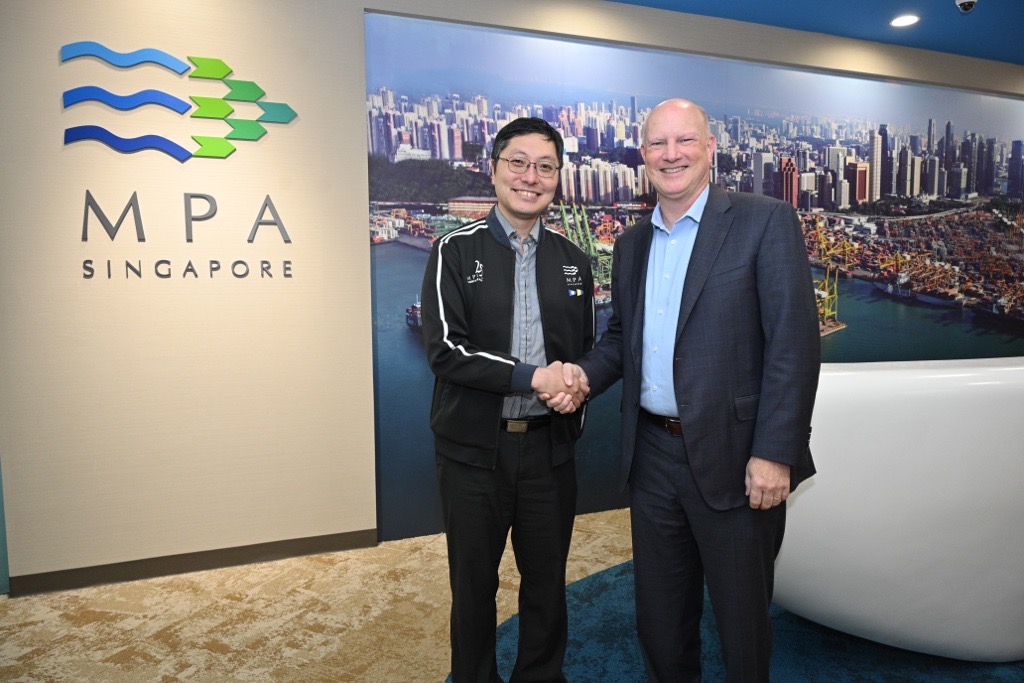The shipping industry needs a greater focus on seafarer skills, safety and conditions to safeguard the societal benefits – and indeed the success - of maritime decarbonisation.
As if the green transition wasn’t challenging enough for companies more used to transiting grain, the shipping world is gradually realising that decarbonising maritime cannot be just a green transition – it must be a just green transition.
That means, in part, ensuring that today’s workers are given the skills to maintain their role in shipping. According a new report from DNV, nearly half of the world’s 1.89 million seafarers could need ‘some additional training’ by the mid-2030s, if its most ambitious projections for alternative fuel use are realised.
Training is just the start. The maritime workforce will need to grow with shipping over the coming decades, meaning that the industry must get better at bringing under-represented and marginalized communities into the market. It is a tragic fact that such communities still include half the world, with women representing just 2% of all seafarers. And equally tragic that, to redress that imbalance, a speaker at a COP27 panel on shipping’s just transition highlighted that one focus area must be the “physical safety of working in a male-dominated environment”.
Addressing delegates at the launch event for the Maritime Just Transition Workforce, Maria Antonia Yulo Loyzaga, Secretary of Philippines’ Department of Environment and Natural Resources, illustrated the wider societal need for a fair and equitable move to decarbonisation. The million seafarers from the Philippines, of which 400,000 are at sea at any time, account for US$6 billion out of the US$30 billion remittances sent home by overseas workers each year – a full fifth of a sector that accounts for 9.4% of the country’s gross domestic product, according to the World Bank in 2020.
“If you calculate the number of nuclear families that are going to be affected by possible loss of livelihood, that would be times five,” she said. “But in the Philippines we are about extended families, so that’s times ten.”
That estimation, of 10 million people potentially losing financial security in one country alone, highlights the need to ensure that today’s seafarers do not lose out during the green transition. But in developing countries like the Philippines, that does not just mean upskilling and reskilling. To maintain that workforce requires investment in the trades and in education, from primary right up to university level.
"A just transition means, in part, ensuring that today’s workers are given the skills to maintain their role in shipping"
Fathom World Share
Beyond skills
Against that background, the new Maritime Just Transition Taskforce – a cooperation between the UN Global Compact, IMO, the International Labour Organization, the International Chamber of Shipping and the International Federation of Transport Workers – has produced a ten-point action plan for a just transition. With an intention of putting seafarers and their families at the heart of decision making around shipping’s decarbonisation, the plan goes far beyond diversity and skills, including the need for regulation and ensuring a safe working environment.
Guy Platten, Secretary General of the International Chamber of Shipping, noted that the ability to invest in a just transition depends on a level of certainty about what the future of shipping looks like. A slow pace of greenhouse gas emissions regulation would hinder not just the uptake of clean solutions, but also the ability to prepare the workforce adequately for any new scenario.
“We need clarity on future goals,” he said. “We need, through the IMO and others, good regulation that gives certainty to unlocks investments, which in turn enables us to make sure crew have the skills they need.”
New regulations must also put the health and safety of crew at their core to safeguard the people who will have handle new fuels and technologies with very different risks to those used today.
“When it comes to accidents at sea, the issue of engine power is critical,” said Stephen Cotton, General Secretary of the International Federation of Transport Workers. “We need to engage with technical experts at the IMO to make sure that each seafarer has a safe working environment as well as the skills they need.”
Responsibility does not lie solely with regulators. The action plan notes several ways in which companies and governments can begin working towards these goals even without regulatory and technology certainty. They include investing in maritime training establishments and fostering competent maritime trainers as well as establishing standards and training requirements for alternative fuels. Focusing on workforce attrition and recruitment, and on delivering viable seafarer career pathways, is another important element on which work can start today.
The decarbonisation of shipping is a challenge on several levels. The Maritime Just Transition Taskforce and the action plan encourage shipowners to see the fair treatment of seafarers not simply as yet another obstacle, but rather as an essential element without which the green transition will not be possible.Task























